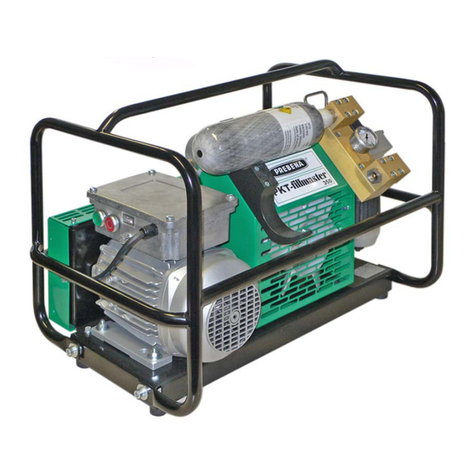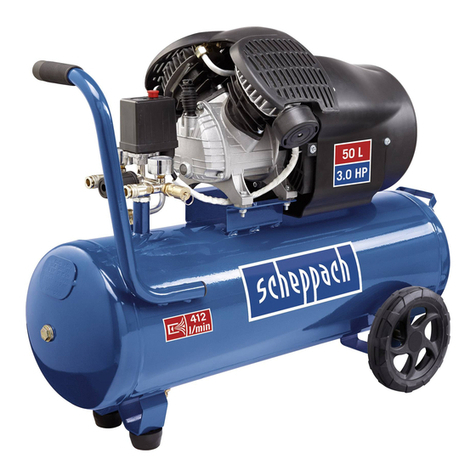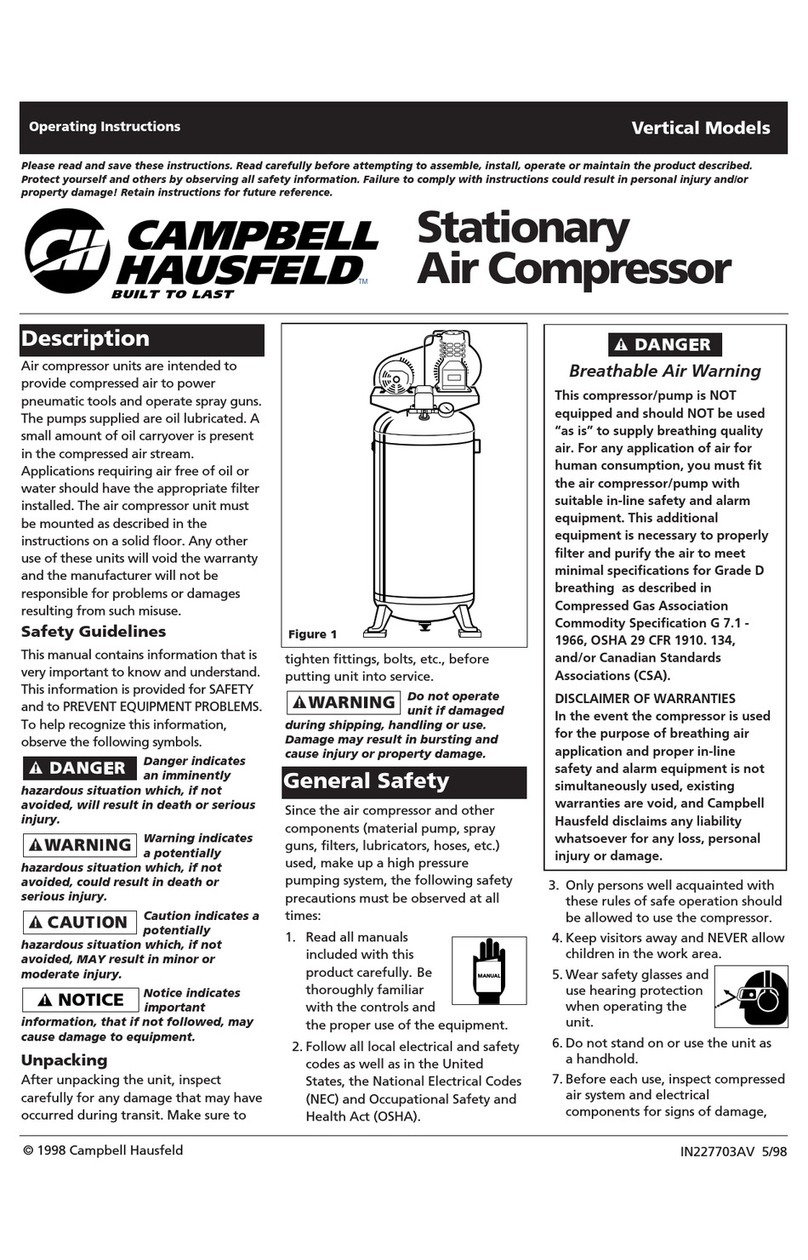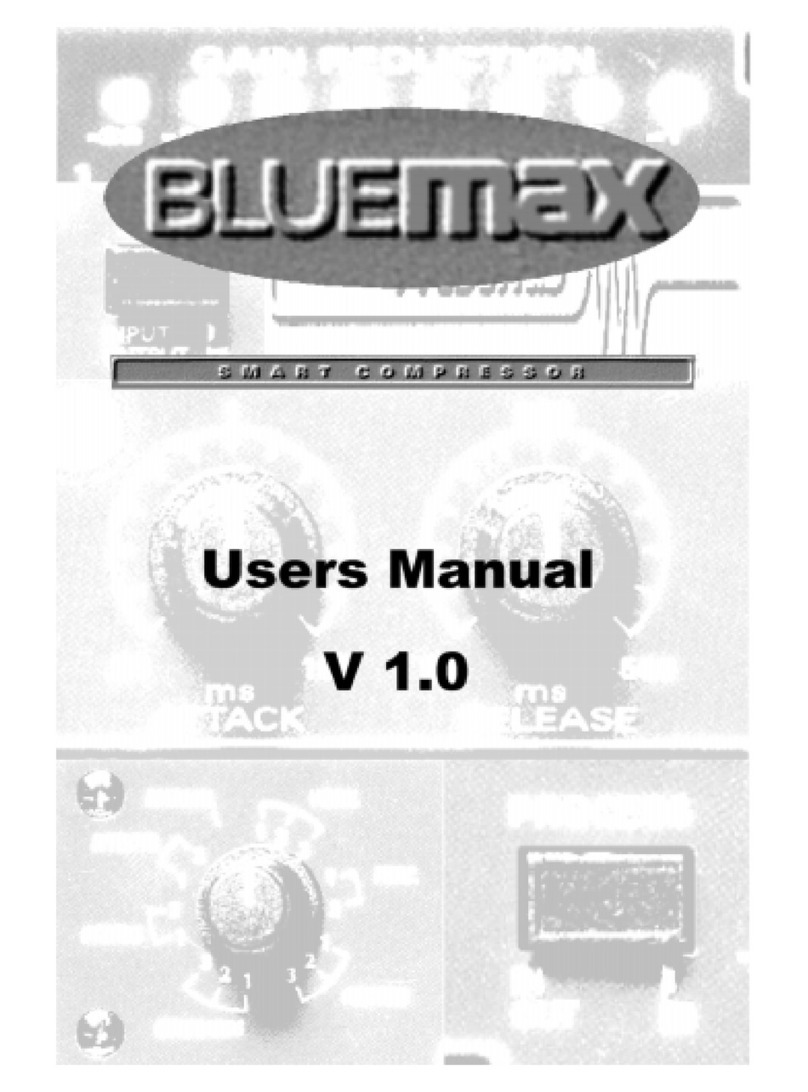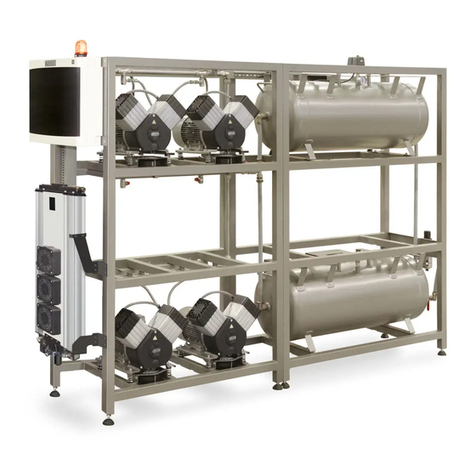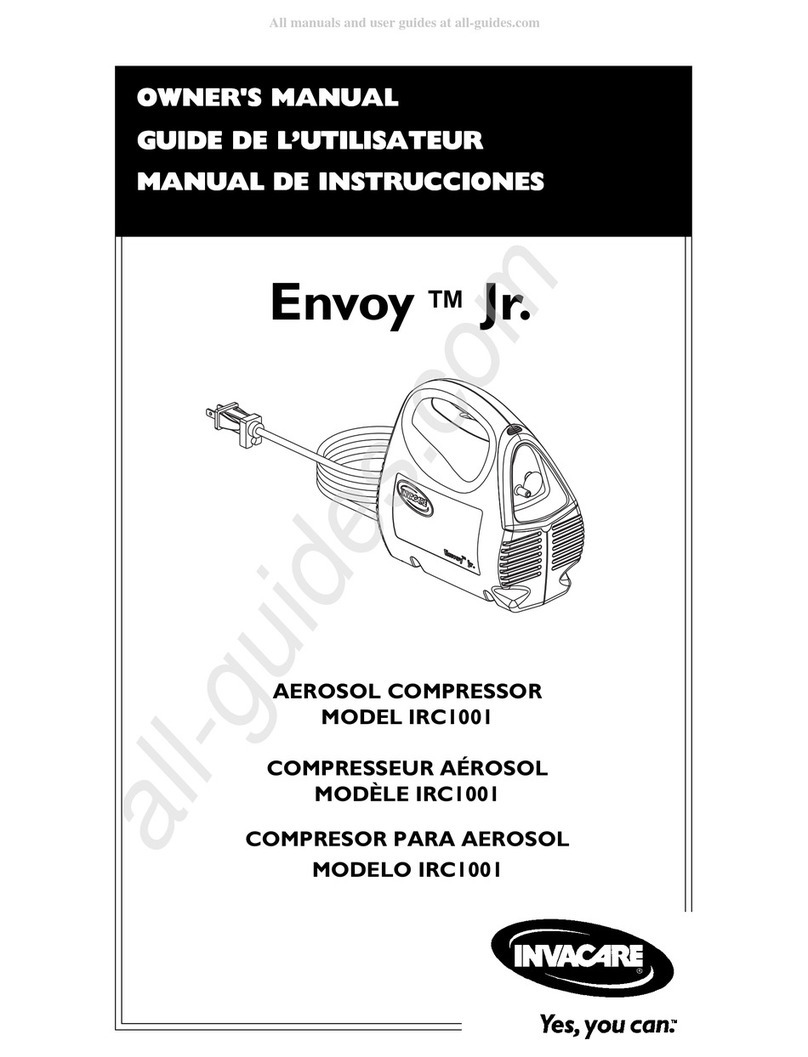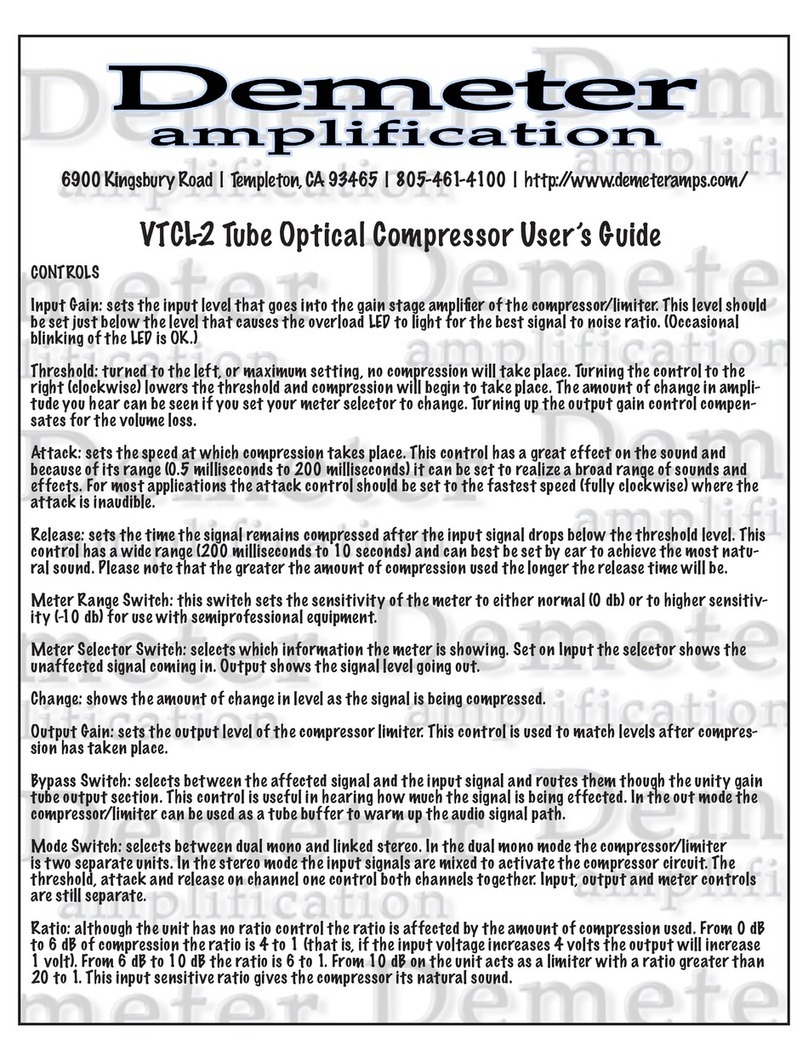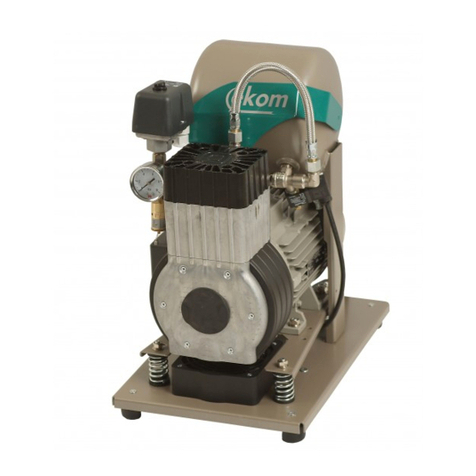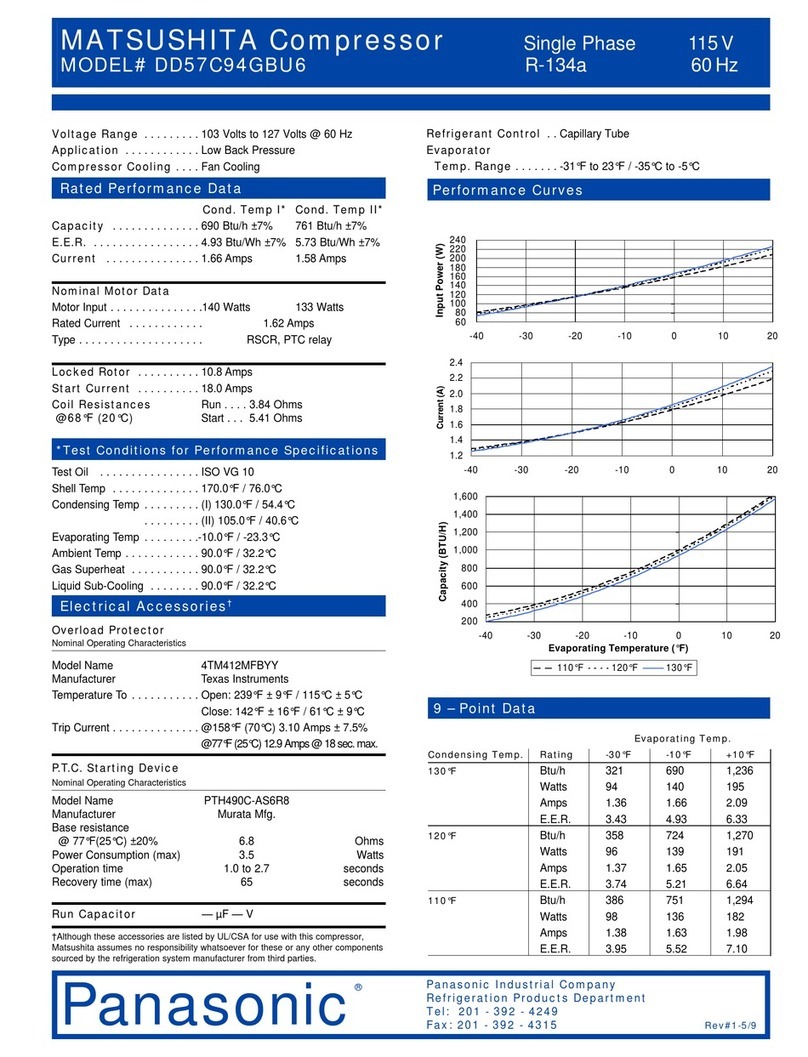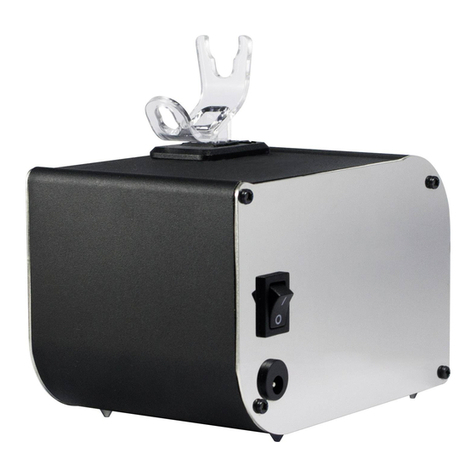
3
The electronic control unit FDC3 is supplied with the exclu-
sive Serial Port Interface (SPI), featuring a RJ45 telephone
type connector. SPI allows the electronic driver to be con-
nected to a computer for programming purposes using
the FxC programming package (hardware and software,
provided by Huayi Compressor Barcelona under request),
and allows the communication with an Electronic Integral
Manager of the appliance (EIM), and making the compressor
work in slave mode.
FDC3 electronic driver includes Smart Speed® as program-
ming option, which is a plug-in system for automatically
self adapting compressor speed to current thermal load in
refrigerating appliances.
Smart Speed® reduces number of thermostat cycles by
minimizing compressor speed, enlarging on-time at every
thermostat cycle, so that start/stop energy loses are sub-
stantially reduced. Lowest speed yields also highest evapo-
rating temperature, and so highest C.O.P. and lowest energy
consumption. Pull-down is done at maximum programmed
speed, so pull-down time is very short with respect to fixed
speed systems. No design parameters neither of the com-
pressor nor the appliance are required to be programmed,
so Smart Speed® can be easily used in all appliances with
no design efforts.
FDC3 electronic driver includes Sleep and Sleep Energy
Saving as programming option, which are plug-in systems
specially conceived for mobile air conditioners avoiding any
other electronic device. Sleep and Sleep Energy Saving
make the air conditioner work for four hours since start-up.
Sleep Energy Saving makes the compressor run at maxi-
mum programmed speed during the first hour, when highest
cooling capacity is needed, and lowers progressively the
compressor speed up to minimum velocity three hours later.
Maximum comfort and minimum energy consumption are
thus achieved.
GLT80TDC starting capability is as low as 10 V under any
balanced pressure; it also admits a certain remaining dif-
ferential pressure when thermostat off-time is abnormally
short. For improving even more the starting capability, FDC3
electronic driver can be programmed with a 3 minutes
minimum thermostat off-time. The delay is a programming
option which can be easily enabled by means of the FxC
programming kit.
FDC3 also includes a 1 second filter at the thermostat input
to prevent the appliance from wrong operation due to typical
micro switching produced by vibrations in those appliances
that fit tilt switches at the thermostat circuit. So, analogical
filtering is not needed.
